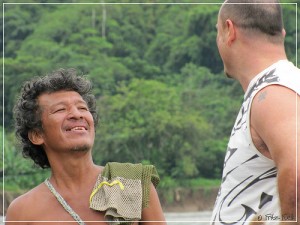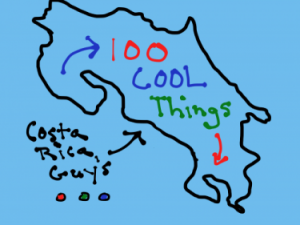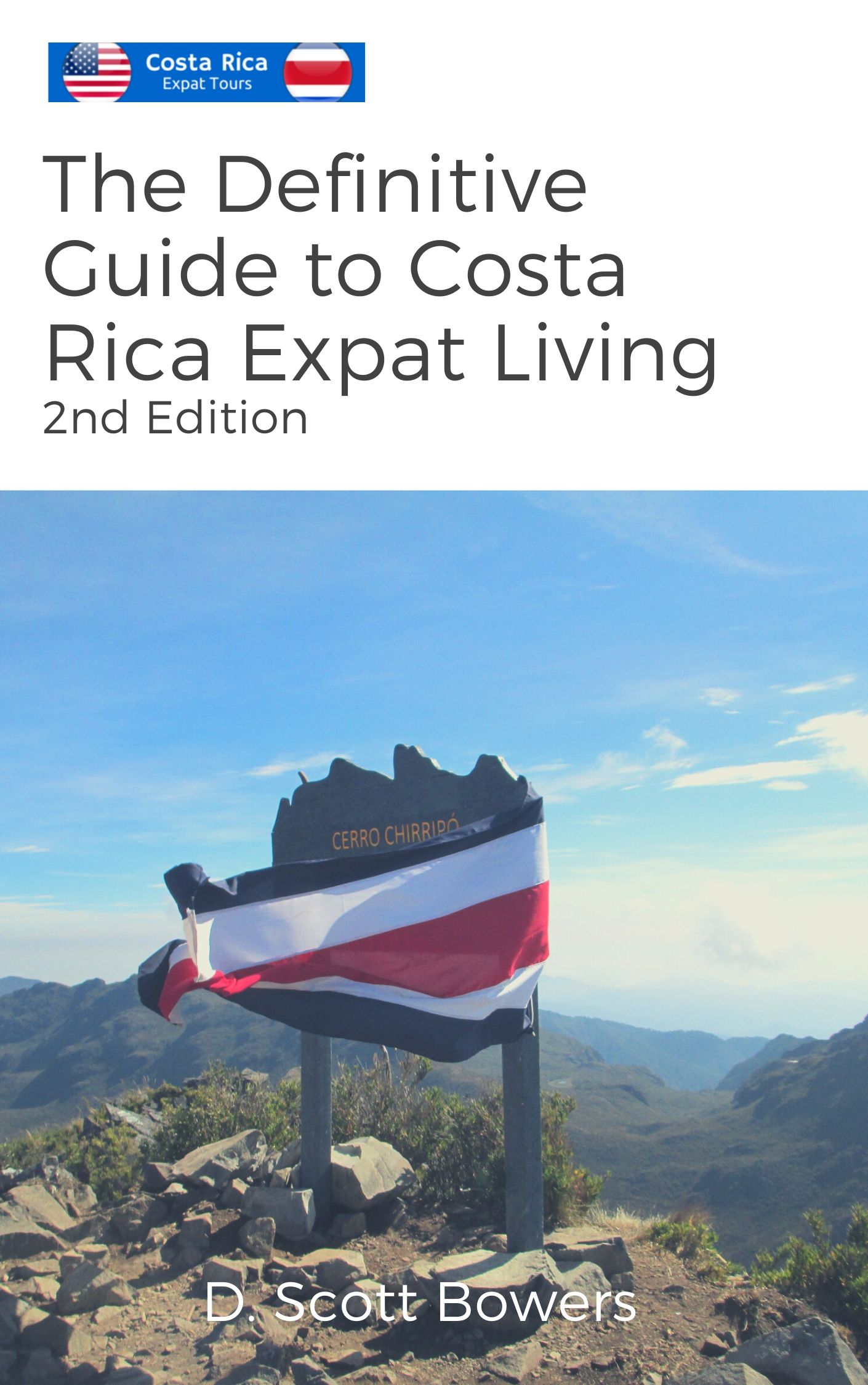
I have written often and quite fondly, generally, in this blog about the culture of Costa Rica. However, there is a rich and diverse culture that to my shame I have not mentioned as much.
It is often said, and even taught to children in schools here, that when the Spanish conquistadors arrived, they found mostly virgin forests, towering mountains and beautiful coasts. In contrast to other parts of Central America, there were very few in the way of indigenous groups inhabiting this wild and exotic new frontier.
Well, that perspective involves a bit of re-making actual historical fact.
In reality there was a diverse population of indigenous living in almost all parts of the country.
In fact, an excellent short synopsis of Costa Rican history entitled aptly, Historia de Costa Rica (in both English and Spanish versions), by professors Ivan Molina and Steven Palmer, claims that around the year 1500, when the Spanish first arrived, there were some 400,000 indigenous in the territory now known as Costa Rica.
Well, those numbers have diminished a bit, as one might imagine. Nevertheless, there is a rich and diverse indigenous culture that remains in Costa Rica, although it is often hidden from the rapidly growing tourism industry.
One of the best ways to get to know Costa Rican indigenous culture is through the arts and crafts produced. From the exquisitely carved and colorful ceremonial masks of Boruca to the pre-Colombian style ceramic pottery of the virtually extinct (or, assimilated) Chorotegas on the Nicoya peninsula, the indigenous of Costa Rica were and still are true artisans in every sense of the word.
While Costa Rica’s indigenous do enjoy limited government assistance and protection, they nevertheless suffer some of the most extreme poverty in the country.
The largest group is the Cabecares that inhabit diverse small villages deep in the Talamanca Mountain range. They tend to remain isolated from the rest of Costa Rican civilization.
Other groups include the Malekus, Bribris, Guaymies, Huetares and Terrabas.
Some time ago I embarked upon a project to display their beautiful works of art online and increase awareness of this hidden culture of Costa Rica.
You can see some of the results here.
Also, some time ago I created several videos of my encounters with various of these indigenous groups. Check them out on my YouTube Channel.
image credit: Amadeus travel agency via Compfight cc








Comments